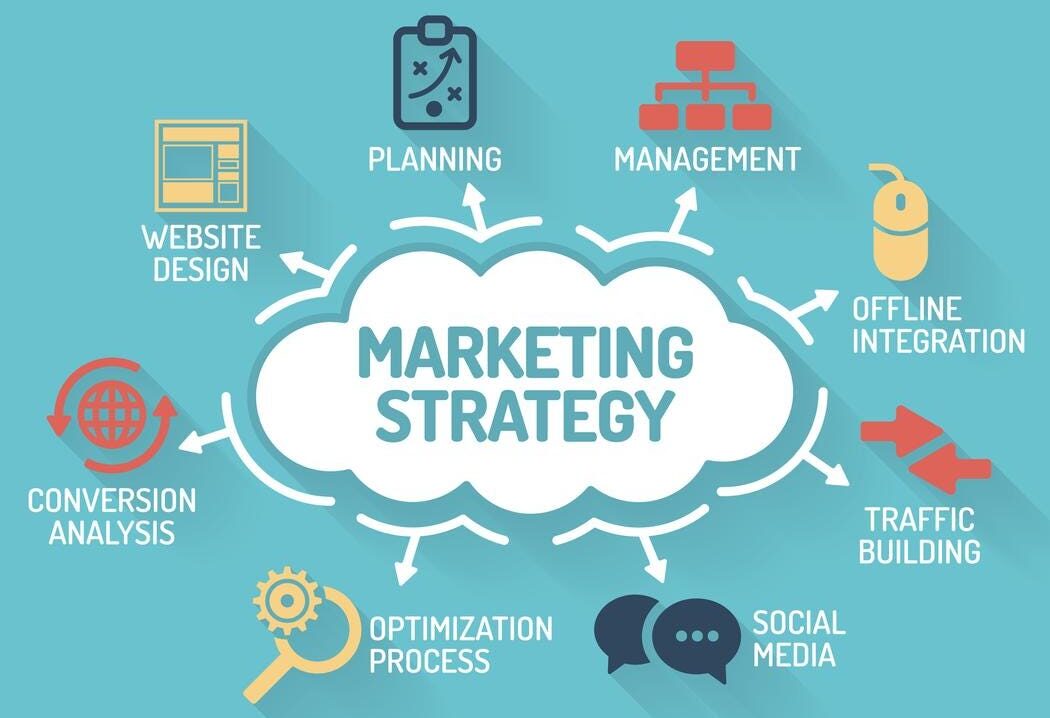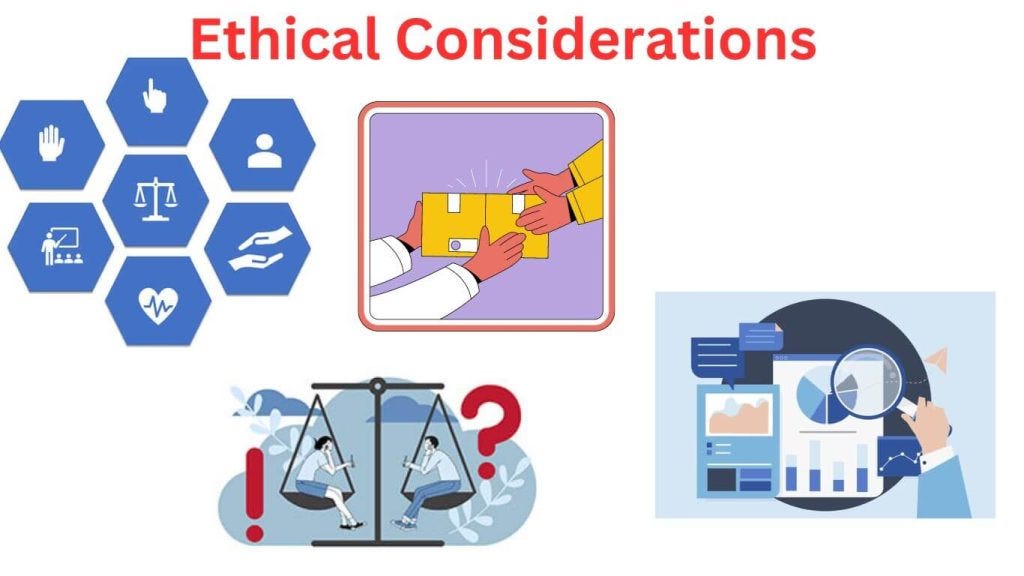Advertising is a powerful communication tool used by businesses, organizations, and individuals to promote products, services, ideas, or events. It plays a critical role in the marketing strategy, aiming to inform, persuade, and remind target audiences about offerings, ultimately influencing their purchasing decisions and behaviours.
Historical Context
Advertising has a rich history that dates back to ancient civilizations where traders and merchants used simple signs and symbols to promote their goods. The advent of the printing press in the 15th century marked a significant development, enabling the mass production of printed advertisements. The 20th century saw the rise of radio and television, which revolutionized advertising by reaching wide audiences through audio and visual means. The late 20th and early 21st centuries introduced the internet and digital platforms, further transforming the advertising landscape.

Types of Advertising
- Print Advertising: Includes newspapers, magazines, brochures, and flyers. This traditional form of advertising allows for targeted reach based on the publication's readership demographics.
- Broadcast Advertising: Encompasses television and radio ads. Television advertising combines visual and auditory elements to create impactful messages, while radio relies on sound to convey the message.
- Outdoor Advertising: Involves billboards, transit ads, and posters. These are typically seen in high-traffic areas and are designed to capture the attention of passersby quickly.
- Digital Advertising: Utilizes the internet and digital technologies. This includes display ads, social media ads, search engine marketing (SEM), and email marketing. Digital advertising is highly targeted and measurable, making it a popular choice for many businesses.
- Influencer Marketing: Leverages individuals with a significant following on social media to promote products or services. Influencers can provide authentic and relatable endorsements.
- Guerrilla Advertising: Focuses on unconventional and creative strategies to grab attention in public spaces. This method often aims for viral potential through surprise and engagement.

Strategies in Advertising
Effective advertising relies on several key strategies:
- Targeting: Identifying and understanding the specific audience to tailor messages that resonate with their preferences and needs.
- Branding: Building a recognizable and trustworthy brand image that differentiates from competitors.
- Creativity: Crafting compelling and memorable advertisements through unique concepts, storytelling, and visuals.
- Media Planning: Selecting the right channels and timing to reach the intended audience effectively.
- Data Analysis: Using metrics and analytics to measure the performance of advertising campaigns and adjust strategies accordingly.

Challenges and Ethical Considerations
Advertising faces several challenges, including media fragmentation, ad fatigue, and increased consumer scepticism. With the proliferation of ad blockers and the rise of ad-free platforms, advertisers must find innovative ways to engage audiences without being intrusive.
Ethical considerations are also paramount. Issues such as misleading advertising, privacy concerns, and the portrayal of stereotypes require advertisers to adhere to ethical standards and regulations. Transparency, honesty, and social responsibility are crucial for maintaining public trust.
The Future of Advertising
The future of advertising is being shaped by technological advancements such as artificial intelligence (AI), augmented reality (AR), and virtual reality (VR). AI enables personalized advertising through data analysis and predictive modelling. AR and VR offer immersive experiences that can enhance consumer engagement. Additionally, the increasing importance of social media and the integration of e-commerce into various platforms are creating new opportunities for advertisers.
In conclusion, advertising remains a dynamic and essential component of the marketing mix. By evolving with technological trends and maintaining ethical practices, advertisers can continue to effectively connect with consumers and drive business growth.